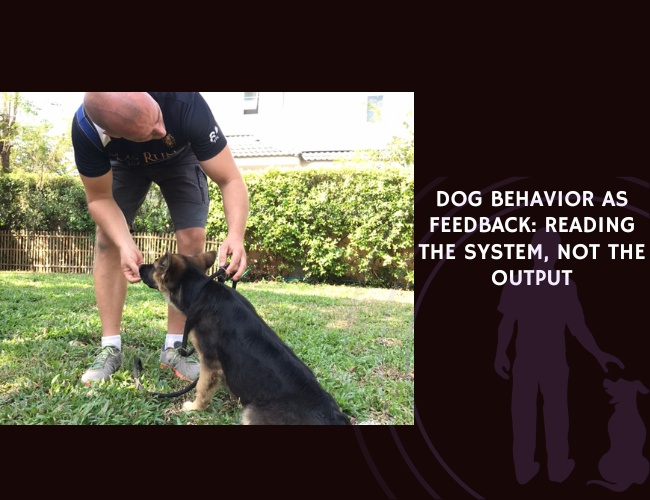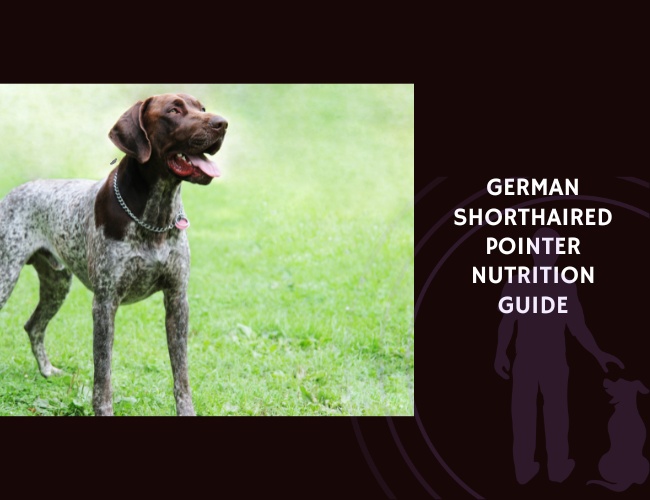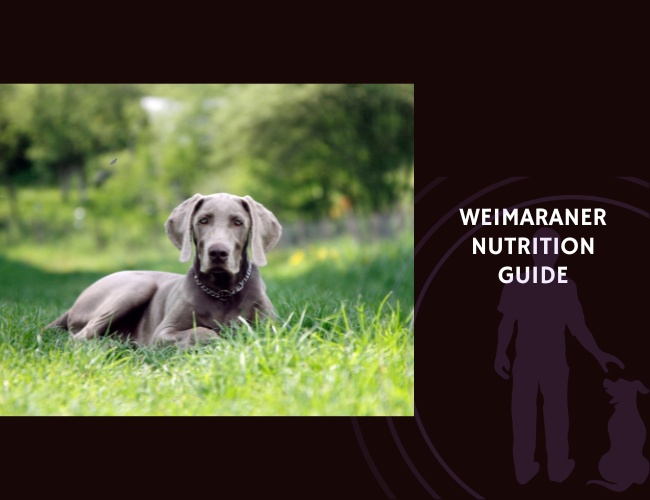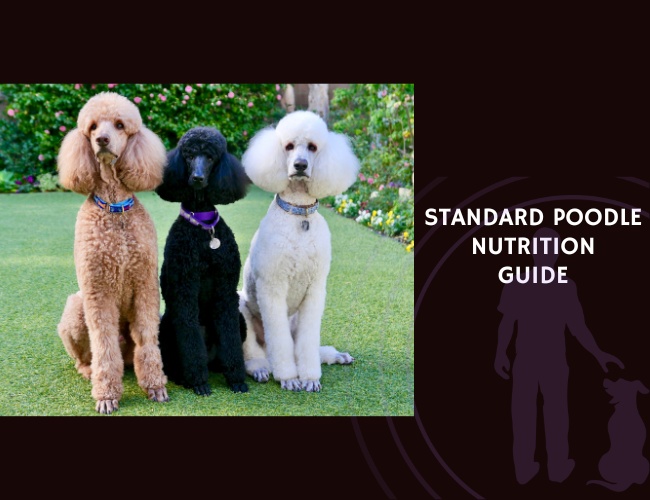Researchers Sourabh Biswas, Koustav Ghosh, Sayantan Ghosh, Anindita Biswas, and Anindita Bhadra examined how free-ranging dogs in urban India respond to the scent marks of other dogs. The study, published in Behavioral Ecology and Sociobiology, focused on behavioral reactions based on the sex, group affiliation, and territorial location of the scent origin.
Both male and female dogs showed significantly more interest in scent-marked spots than in controls. However, males responded more strongly, often engaging in overmarking—particularly when encountering the scent of another male or a member of a neighboring group. This suggests that males use scent to reinforce territorial claims and engage in intrasexual competition.
A key finding was that scent left by neighboring group males triggered the most distinct behavioral responses, suggesting heightened territorial sensitivity and potential threat recognition. Behavioral cluster analysis further confirmed that dogs can distinguish between individual scent profiles and react accordingly.
These results support the idea that free-ranging dogs use scent as a multifunctional communication tool, navigating both territorial defense and social dynamics. This study also highlights the evolutionary continuity between scent-based communication in wild canids and similar behaviors in domestic dogs.
For dog owners, understanding the importance of scent to dogs—whether in marking or investigating—can deepen awareness of how dogs interpret the world and each other.
Source: Sourabh Biswas, Koustav Ghosh, Sayantan Ghosh, Anindita Biswas, Anindita Bhadra. “What is in a scent? Understanding the role of scent marking in social dynamics and territoriality of free-ranging dogs.” Behavioral Ecology and Sociobiology, 2024-09-18. https://doi.org/10.1007/s00265-024-03568-7









